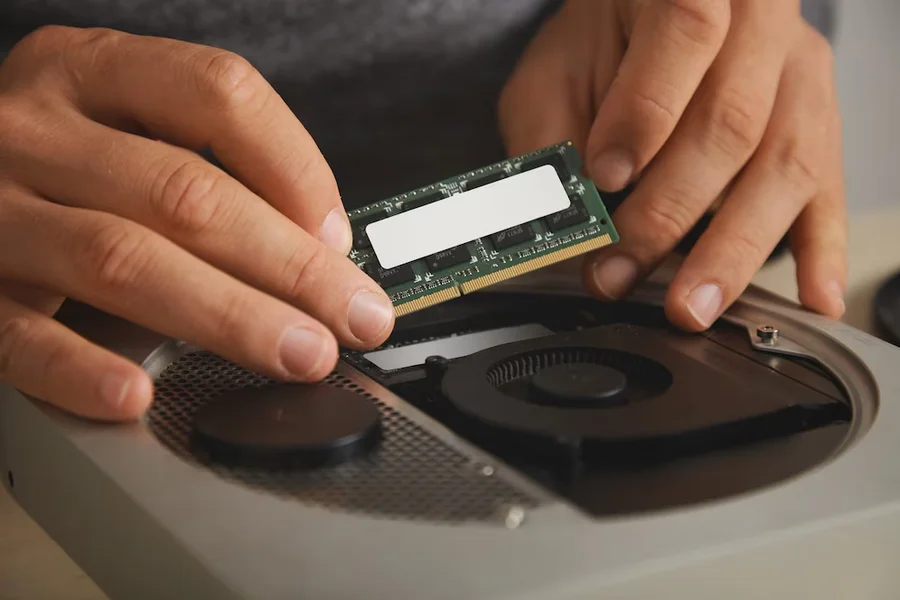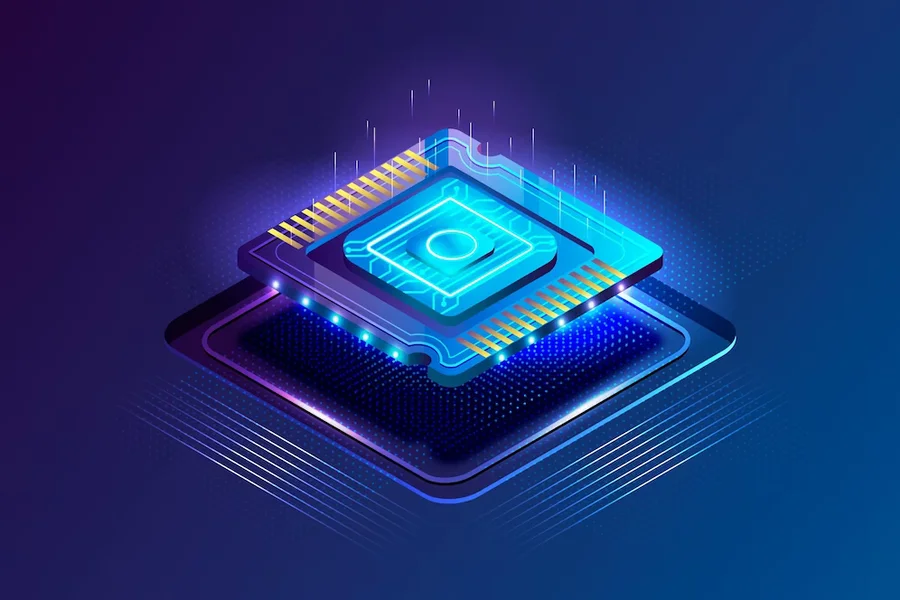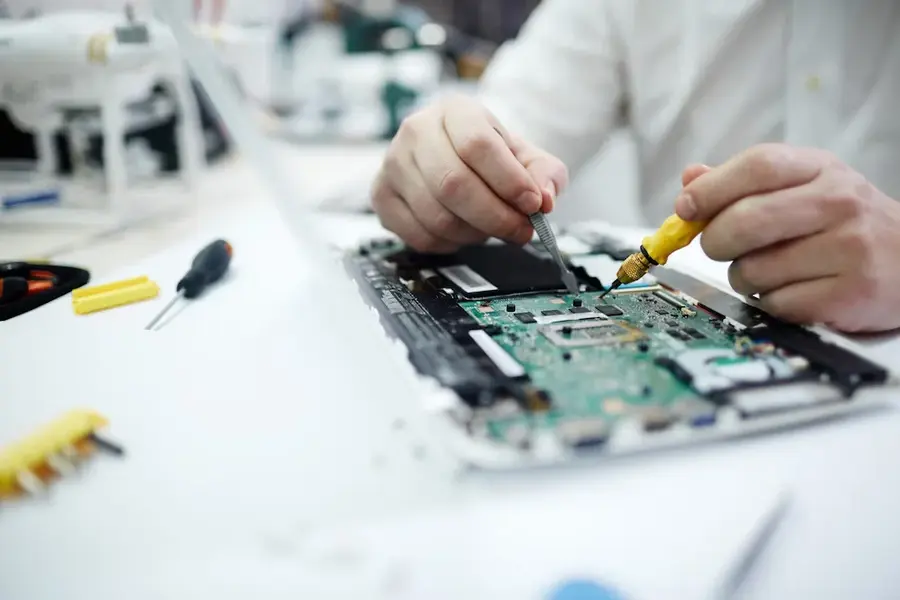5 Steps to Fix a PC that Won’t Turn On
Don’t panic yet if you’re having trouble getting your PC to switch on. You may take a few measures to diagnose and resolve the problem, although it can be frustrating. Follow this article of Night Agency to know more.
-
Step 1: Examine the Power Source
First, make sure that the power supply is operating correctly. The power supply powers all of the components in your PC, so if it isn’t functioning correctly, your PC won’t turn on. By measuring the voltage output from the power source with a voltmeter, you can verify this. If you’re not confident doing this, you can also try swapping out the power supply for one known to be functional to see if that resolves the problem.
- Step 2: Involves checking the power line and outlet.
Check your power cable and outlet to ensure the power source works correctly. Sometimes the issue may be as straightforward as a faulty outlet or a torn power wire. Try putting the power wire into a different outlet to see if it works. If it doesn’t work, try a separate power cable.
-
Step 3: Examine the RAM.
The RAM should be tested after ensuring the power supply, connection, and outlet function correctly. Your PC may not power on if your RAM is defective or loose. Remove the RAM sticks from your computer and firmly reinstall them to examine this. If you have any extra RAM sticks, you might also try utilizing them.

-
Step 4: Check the CPU and GPU
If the RAM is not the issue, the CPU or GPU may be causing the problem. These components are responsible for processing and displaying information on your PC. Ensure they are seated in their sockets and connect any power cables correctly.

-
Step 5: Check the Motherboard
If none of the above steps have worked, the issue may be with the motherboard. Check for any visible signs of damage or corrosion on the motherboard. If everything looks OK, try resetting the CMOS battery. This can often fix issues with the motherboard. You can also try using a different motherboard if you have one available.

Conclusion
In conclusion, troubleshooting a PC that won’t turn on can be time-consuming. However, by following these steps, you can hopefully identify and fix the issue. If none of these steps work, it may be time to seek professional help or replace some of the components in your PC.

